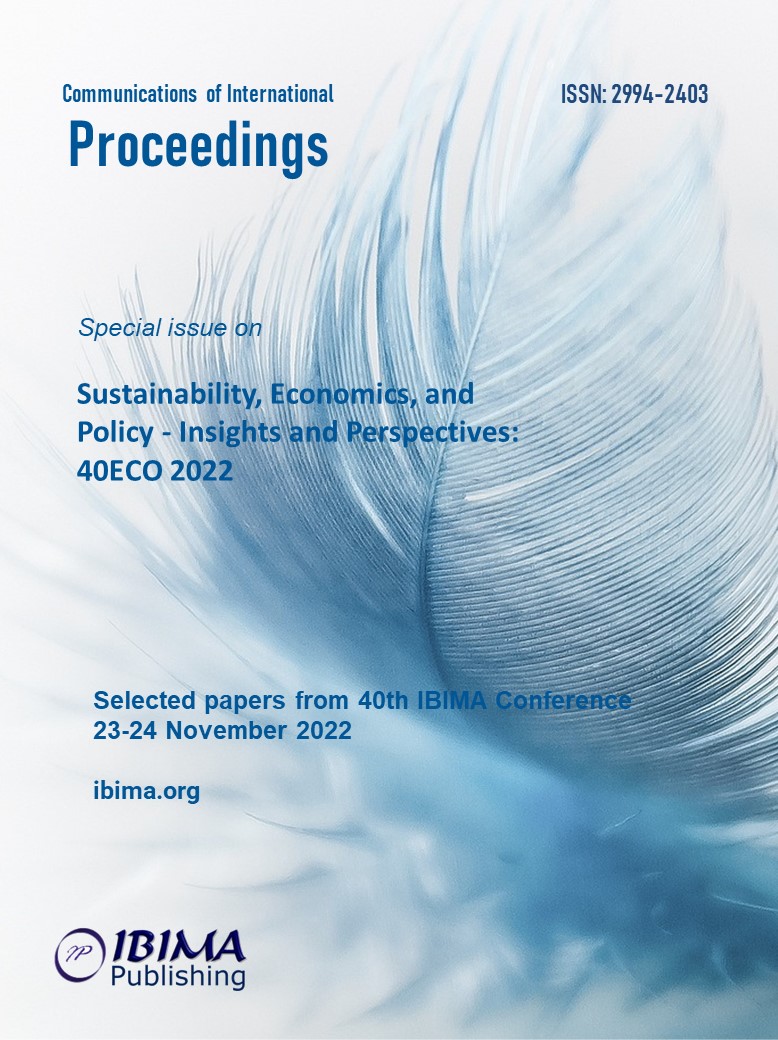
Michał BILCZAK and Wasyl BILCZAK
University of Warmia and Mazury in Olsztyn, Poland, Faculty of Economic Sciences

Seaports are now a central element of the Trans-European Transport Network (TEN-T). For example, 75 percent of the EU’s foreign trade and 30 percent of transport cargo moves within the EU by waterborne transport. The ports of the Baltic Sea play a huge role in the European transport system and have become an area of intense maritime transport development in recent years. Today, the Baltic Sea is the busiest in the world. Eliminating the main threat of the COVID-19 pandemic, EU countries implemented a global supply chain vulnerability blockade and took sufficiently effective measures to minimize the impact of the seaport blockade. As a result, seaports in the Baltic Sea Region (BSR) were little affected by the pandemic. However, there has been a decrease in the overall capacity of BSR ports since the beginning of the pandemic. Moreover, if there was a decrease in cargo throughput during the winter period of 2020, it was restored during the summer period. The article attempts to show the importance of seaport hinterland, as well as models and their classification. Much attention has been paid to the crisis conditions under which cargo turnover, transshipments, and operations of BSR ports were realized. The study is built on both theoretical and practical material, and the developed tools and methodology can be used in practical work.